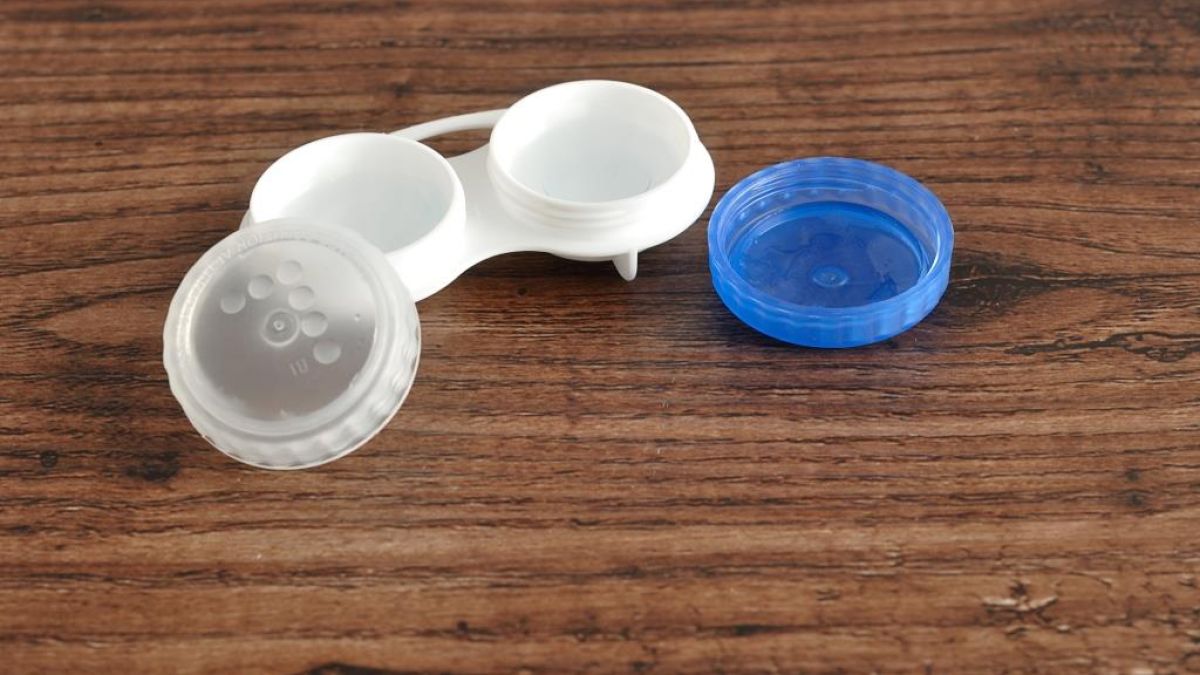Laser Vision Center
The Laser Vision Center at Ochsner Baptist is committed to providing the highest quality laser vision correction technology and services for you and your family. This quality, hospital-based program is staffed with a full team of ophthalmologists and medical support professionals who assist you at every step.
Medical Director Dr. Pulin Shah, board certified in Ophthalmology and the first iLASIK certified surgeon in New Orleans, specializes in the most up-to-date LASER technology for refractive surgery, including blade-free LASIK and Corneal Cross-Linking (CXL).







